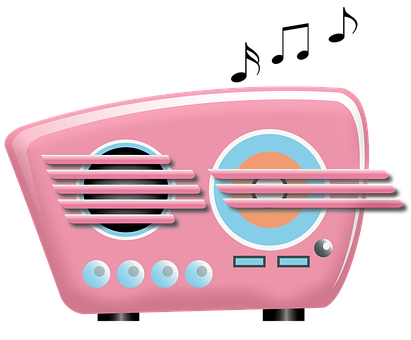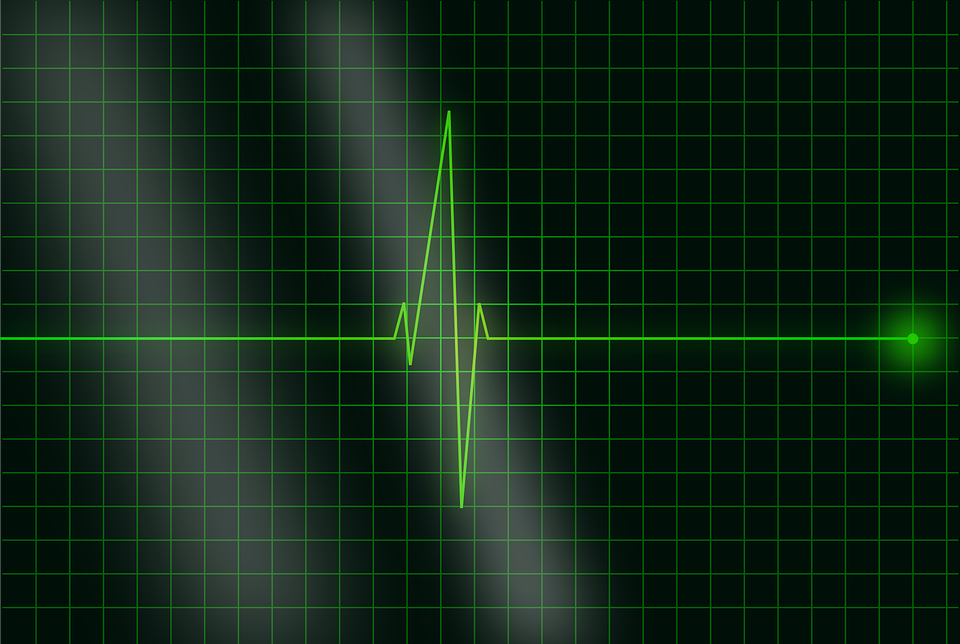Signal processing involves using digital signal processors or decoders to perform various types of signal processing operations. Analog and digital signal processing are the main branches of signal processing. The main applications of digital signal processing include speech and audio processing, sensor array processing, radar and sensor, statistical signal processing, data compression, spectral density estimation, image compression, video coding, and signal processing for biomedical engineering, seismology, control systems, telecommunications, among others.
Digital signal processing has many advantages over conventional or analog processing. For instance, it helps detect and correct errors in data compression and transmission. Let’s have a look at the useful steps followed in signal processing.
Signal Generation

The generation of signals is the transduction or conversion of light or sound waves from various sources into electrical energy. The energy generated has the same frequency as the original source. Audio signals are generated using devices like turntables or microphones. With microphones, the physical energy of voice and music is transduced into electric recorders. Tape recorders can also be used to generate digital signals electromagnetically. Lasers optics are also useful in generating audio signals.
Amplification and Processing of Signals
Video and audio signals are amplified with the help of video switchers and audio consoles. Once the audio signals are converted from physical sound waves into digital or electrical signals, they are amplified to boost the signal generated. Processing of audio signal involves combining, mixing, and routing for recording and broadcast transmission. Various sources of sound are combined using a mixing board. Switchers help mix TV signals and put the desired pictures on the air.
Transmission of Signals
There is a modulation process that superimposes electronic signals on a carrier wave propagated or generated by a radio station on the assigned frequency. The sound waves generated may travel by sky, direct waves, or ground. Radio waves form part of an electromagnetic spectrum, which consists of both AM and FM frequencies. FM frequencies are either classified by antennal power and height.
On the other hand, AM radio frequencies are divided into local channels, regional channels, and clear channels. Modern technology includes new transmission technologies for distribution and transmission. These include fiber optics and satellite for digital signals.
Reception of Signals

After the radio signals get transduced, modulated, and transmitted, the resulting radio waves are picked up on radio receivers. These are electrical devices that convert or transduce back the radio waves into sound waves. The different types of radio receivers used in digital signal processing include FM, AM, multiband, shortwave, and AM stereo.
Signal Storage
Video and audio technology are used to store d retrieve moving images and sounds. Video or audio signals are converted or transduced for eventual playback and storage. Most of the storage medium used in DS includes vinyl glass, compact disc, and videotapes.
